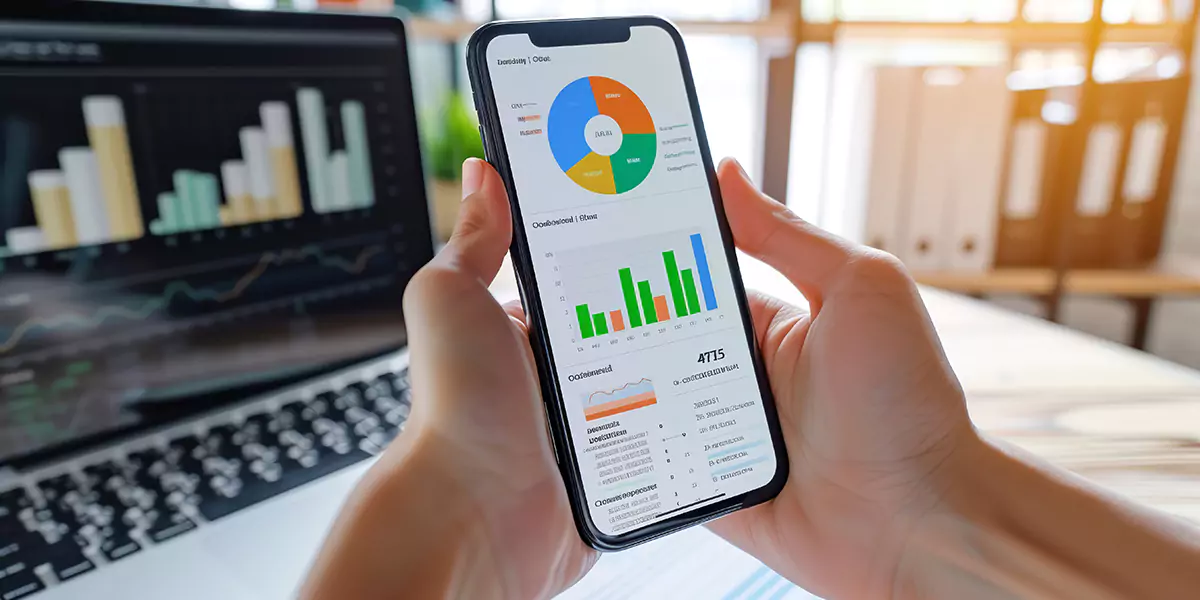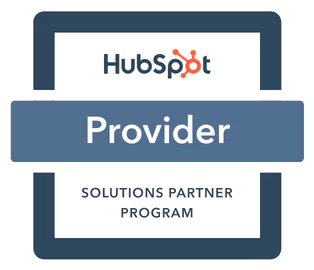
TL;DR
• Google Ads uses a PPC model; costs vary by competition, ad quality, and location.
• Flexible budgeting makes it suitable for all business sizes.
• Offers targeted reach, immediate visibility, and measurable ROI.
• Can be more cost-effective than traditional advertising and competitive digital platforms.
• Strategies for reducing costs include using long-tail keywords, optimizing Quality Score, and adjusting bids.
• Expense is relative; effectiveness and ROI depend on strategic use and optimization.
Table of Content
1. Introduction
2. Understanding Google Ads Pricing Model
• Keyword Competition
• Quality Score
• Ad Format and Extensions
• Geographic Location
• Bid Strategy
3. Are Google Ads Cost Expensive?
• Benefits of Google Ads
• Comparing Costs with Other Platforms
4. Cost-Effective Strategies
• Keyword Research
• Optimize Quality Score
• Use Negative Keywords
• Adjust Bids According to Performance
5. Case Studies
6. Conclusion: Balancing Cost and Effectiveness
Introduction
In the digital marketing landscape, Google Ads stands as a colossal platform, facilitating businesses of all sizes to increase their online visibility and drive traffic. However, a recurring question that often perplexes marketers and business owners alike is: Are Google Ads cost expensive? This article delves into various aspects of Google Ads, including cost factors, the return on investment (ROI) it offers, and how it compares to other advertising platforms, aiming to provide a comprehensive understanding.
Understanding Google Ads Pricing Model
Google Ads operates on a pay-per-click (PPC) model, meaning advertisers pay a certain amount each time a user clicks on their ad. The cost of Google Ads varies widely and is influenced by several factors, including:
• Keyword Competition: Highly competitive keywords are more expensive due to the high demand. For instance, keywords in the insurance, legal, and finance sectors can have a higher cost per click (CPC) due to intense competition.
• Quality Score: Google assesses the relevance and quality of your ads and landing pages through a Quality Score. A higher Quality Score can lead to lower costs and better ad positions.
• Ad Format and Extensions: Different ad formats and extensions can influence the cost. Visual or interactive ads might cost more but also potentially generate higher engagement.
• Geographic Location: CPC rates also vary by geographic location, depending on the market saturation and competition level.
• Bid Strategy: Google Ads offers different bidding strategies, such as cost-per-click (CPC), cost-per-impression (CPM), and cost-per-acquisition (CPA), each influencing the overall cost.
Are Google Ads Cost Expensive?
To determine whether Google Ads are expensive, we must consider the potential ROI they can bring to a business. The platform’s flexibility allows for a wide range of budgets, from a few dollars a day to thousands, making it accessible for both small local businesses and large corporations.
Benefits
• Targeted Reach: Google Ads allows for precise targeting, including demographics, interests, location, and even the time of day, ensuring your ads are shown to the most relevant audience.
• Immediate Visibility: Unlike organic search strategies, which can take months to yield results, Google Ads offers immediate visibility at the top of search engine results pages (SERPs).
• Measurable ROI: With comprehensive analytics, advertisers can track various metrics, such as clicks, impressions, and conversions, making it easier to measure the campaign’s success and adjust strategies accordingly.
Comparing Costs with Other Platforms
When compared to traditional advertising mediums like TV, radio, or print, Google Ads often presents a more cost-effective solution with a measurable ROI. Compared to other digital platforms, such as Facebook Ads or LinkedIn Advertising, Google Ads might have a higher CPC, but it also often boasts higher intent users, potentially leading to better conversion rates.
Cost-Effective Strategies
To make the most out of Google Ads without breaking the bank, consider the following strategies:
• Keyword Research: Focus on long-tail keywords that are less competitive but still relevant to your target audience.
• Optimize Quality Score: Improve your ad relevance and landing page experience to boost your Quality Score, reducing costs.
• Use Negative Keywords: Filter out irrelevant traffic by using negative keywords, ensuring your ads aren’t shown to those unlikely to convert.
• Adjust Bids According to Performance: Regularly review your campaign’s performance and adjust bids for keywords or times that offer the best return.
Case Studies
Below are some examples of how Google Ads have been used effectively by various industries;
1. Local Café in Tiong Bahru – Boosting Foot Traffic
Background: A small, newly opened café in the Tiong Bahru area wanted to increase its visibility among local residents and tourists exploring the neighborhood.
Strategy: Utilizing Google Ads, the café targeted local search terms such as “cafes in Tiong Bahru” and “best coffee in Singapore,” coupled with ad extensions that provided directions and showcased special promotions.
Outcome: The café saw a 30% increase in foot traffic and a significant uptick in social media mentions as more customers began to visit, drawn by the targeted ads.
2. E-commerce Startup – Expanding Online Sales
Background: An e-commerce startup specializing in sustainable household products sought to expand its online presence and sales within Singapore.
Strategy: The startup used Google Shopping Ads to showcase their products directly in search results and Display Ads to retarget visitors who had left the site without purchasing.
Outcome: The startup experienced a 45% increase in online sales and a 25% increase in repeat customers, attributed to the effective use of visually appealing product ads and strategic retargeting.
3. Financial Services Company – Generating Leads
Background: A financial services company offering investment solutions wanted to generate more qualified leads among young professionals in Singapore.
Strategy: They utilized Google Ads to target specific keywords related to investment advice and financial planning, combined with demographic targeting to reach their ideal audience. They also implemented landing pages optimized for conversion, offering free investment guides in exchange for contact information.
Outcome: The company reported a 50% increase in qualified leads and a 20% uptick in consultation bookings, significantly improving their lead generation efforts.
4. Educational Institution – Promoting Courses
Background: A private educational institution in Singapore aimed to increase enrollment in its professional development courses.
Strategy: The institution used Google Ads to target working professionals seeking career advancement opportunities, with ads leading to detailed course information and registration pages. They also employed remarketing strategies to engage individuals who showed interest but did not immediately enroll.
Outcome: The campaign led to a 35% increase in course enrollment and a higher engagement rate on the institution’s website, particularly on course description pages.
Conclusion
Whether Google Ads are considered expensive is subjective and depends on various factors, including the industry, competition, and the specific goals of an advertising campaign. However, with strategic planning and optimization, Google Ads can be a highly effective and scalable tool for businesses looking to enhance their online presence and drive conversions. By leveraging its targeting capabilities and focusing on maximizing the Quality Score, businesses can achieve a significant return on investment, making the costs well justified.










